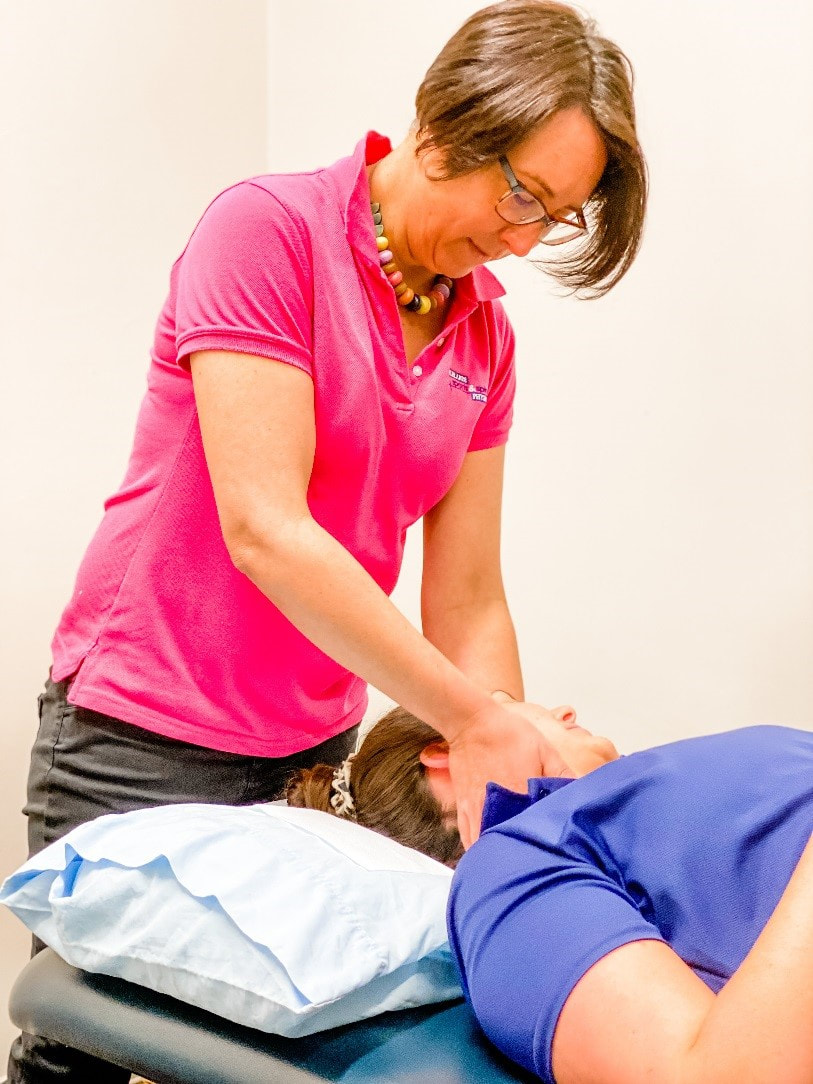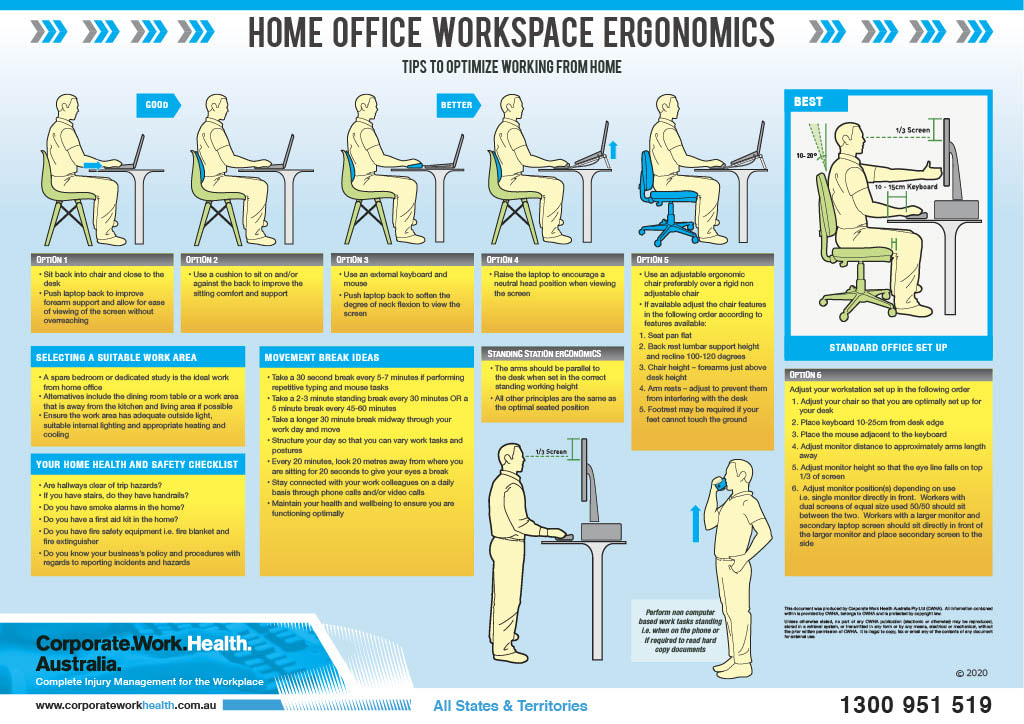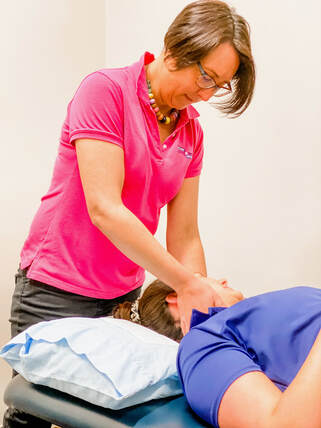|
Unravelling the Mystery: How Your Neck Might Be Causing Your Headaches
Have you ever considered that the nagging headache you can't seem to shake might be caused by something other than … red wine… chocolate… hormones? The culprit could be your cervical spine- aka your neck!!. Most days I am told by someone that they have been having ongoing headaches and migraines. Many have had multiple scans and taking a lot of medication. Often this has been ongoing for years! True migraines are really debilitating. But is it always just a chemical imbalance in your brain setting off the pain? Most headaches sit somewhere on the continuum between a cervicogenic (neck) headache and a migraine. Having the option to reduce the pain by treating your neck can be game changing for people’s lives. Understanding the Cervical Spine-Headache Connection 1. The Role of Muscles and Joints: The neck is a complex network of muscles and joints. Poor posture, prolonged screen time, or even stress can lead to muscle tightness and joint irritation in the neck. This tension can result in pain that radiates upwards into your head, manifesting as a headache. 2. Nerve Pathways: The top of the cervical spine is a nerve centre, where many nerve pathways converge. If any of these nerves are irritated, they can send pain signals to your head. 3. Referred Pain: Sometimes, pain is felt in a location different from its actual source,known as referred pain. A classic example is a cervicogenic headache, where the source of the headache is in the neck, but the pain is felt in the head. What Does This Mean for You? Understanding this connection is vital, especially if you're someone who frequently experiences headaches. It opens up new options for relief and treatment. A thorough assessment and treatment by a physio to help determine the cause, changes in posture and neck exercises could make a significant difference. Taking Action If you're suffering from persistent headaches, consider it might be coming from your neck. Treatment directed at your neck might hold the key to alleviating your pain and it will be a simple way to help diagnose if your pain is a cervicogenic headache (caused by the neck). A balanced approach involving hands on treatment, exercises and professional advice can offer much-needed relief. Remember, your headache may be caused by your neck! To organise a time to assess your ongoing headaches book online or call the practice 0263523131.
0 Comments
In Australia at any one time, 25% of the population report low back pain and 20% report neck pain. A large proportion of people are working in front of a computer– even those “active” tradies. Combine this with many more working from home, it’s no wonder that we are treating a large proportion of people with headaches and back and neck pain – often associated with increased sitting. Our bodies are not designed to sit and be static for long periods, but many peoples work demands (and Netflix addiction) means we are sitting more. This is a list of things you can do to help you cope with too much sitting. Remember the main thing is our bodies like movement, regardless of how good our desk set-up is.
Some Extra Tips: a) Eyes - Look 20 metres away for 20 seconds every 20 minutes (20,20,20 rule). b) MOVE – get up and move every hour for 5-10 minutes and have a minimum 30minute break at lunch time c) Try to go for a 30 minute walk every work day - your body and brain will love you for it. Sally APA Musculoskeletal Physiotherapist Director, Tablelands Sports & Spinal Physiotherapy ☎️ 6352 3131 ✉️ [email protected] ℹ️ www.tablelandsphysio.com.au If the home exercises we have previously discussed are not improving your headaches it may be time to pop in to see a physio for a consultation. This will involve an assessment and manual therapy where necessary. Your physio will prescribe you with an individualised exercise and stretch program, and possible lifestyle modifications to help manage and prevent your headaches. Please don't hesitate to get in contact with us for more information or to book a consultation. 6352 3131 [email protected] www.tablelandsphysio.com.au Exercises you can do to prevent and manage headaches from the neck: - Correct your posture: try to avoid slouching - Chin tuck: use your hand to gently press your chin straight back, hold it for a few seconds and then release (image it as a filing cabinet, going straight back and not wonky off to one side) - Ear to shoulder: gently tilt your head side to side, 3/4 each way These exercises should make the pain ease in your head. It is okay if your neck is still a bit sore. However, if it is getting worse in your head, you need to stop and talk to your Physio about this. Please don't hesitate to get in contact with us for more information or to book a consultation. Tel: 02 6352 3131 / [email protected] / www.tablelandsphysio.com.au #tablelandsphysio #headaches #managingheadaches #neckpain #physiotherapy #exercisephysiology #remedialmassage #chiropractor #occupationaltherapy #OT #dietitian As mentioned in Part 1, cervicogenic headaches (headaches from the neck) make up a large proportion of all headaches. Some simple steps you can take at home to prevent / manage these headaches: - Be mindful of your posture: don’t have your chin sticking out - Have your TV straight ahead of your lounge if possible: this avoids your neck sitting at an angle - Get up every 30mins from sitting: whether this be watching tv or at a desk working Book now: https://www.tablelandsphysio.com.au / Ph: 6362 3131 #tablelandsphysio #lithgow #headaches #neck #australia #managingheadaches #reducingheadaches There is a continuum with headaches, from, - Migrainous headaches (nausea, dizziness, impaired vision) - Tension headaches (feels like a tight band around the head) - Cervicogenic headache (coming from the neck) They all can cross over depending on the individual. A large proportion of headaches do come from the neck (cervicogenic). Often they come from the back of the neck and refer up into the head, and can sometimes come to the front of the head and the eyes. If you think this is the case, it might be worthwhile having a chat to one of our Physio’s to determine if it is a neck based issue rather than a migraine. If so, there are steps you can take rather than turning to medications or getting scans. Stay tuned for our next part on headaches which covers what you can do at home to minimise the chance of headaches. Book now: https://www.tablelandsphysio.com.au / Ph: 6362 3131 #tablelandsphysio #lithgow #headaches #neck #australia #managingheadaches #reducingheadaches I am treating a large number of people at the moment that have come to us after putting up with headaches for years. So how do you know if you need physio or migraine medication?
It’s tricky as many people have migraines that have some component from the neck, and some have neck headaches that mimic migraines. An easy way to start thinking about it is to ask:
Not always will these mean that it is from your neck (cervicogenic) but it’s a good place to start. Many of my clients are coalminers that have problems when looking up for long periods of the shift or sitting on an IMCO, looking one way or another whilst driving. (I still haven’t worked out why the seat can’t spin around). Or, when they go home they sit on the lounge with their head turned slightly one way for an extended period of time - (NB check your TV set up or don’t sit for long or preferably both). Lack of sleep, exercise and a poor diet can also contribute to ongoing pain. So what can you do about it?
If your headaches and neck pain continue and you’ve tried those simple tricks, a physiotherapy assessment can determine if it is from your neck. It’s a quick and simple way to screen your headaches. If we are worried about anything, we will send you back to your Dr for scanning/medication. Approximately 80-90% of people with headaches originating from their neck will get relief from physio. So, don’t put up with it any longer. Your partner will be happy and so will your head.
Stiff neck from sitting at your desk? Here are some simple tips to relieve soreness and stiffness from being stuck in one position for a long time.
|
Copyright © 2024 All Rights Reserved - TABLELANDS SPORTS & SPINAL PHYSIOTHERAPY
177 Mort Street Lithgow NSW 2790 : Tel: 02 6352 3131 : i[email protected]
Click here to view our Privacy Statement | Click here to take our Customer Satisfaction Survey | Click here to read our Complaints Procedure | Click here to view our Terms & Conditions
177 Mort Street Lithgow NSW 2790 : Tel: 02 6352 3131 : i[email protected]
Click here to view our Privacy Statement | Click here to take our Customer Satisfaction Survey | Click here to read our Complaints Procedure | Click here to view our Terms & Conditions



